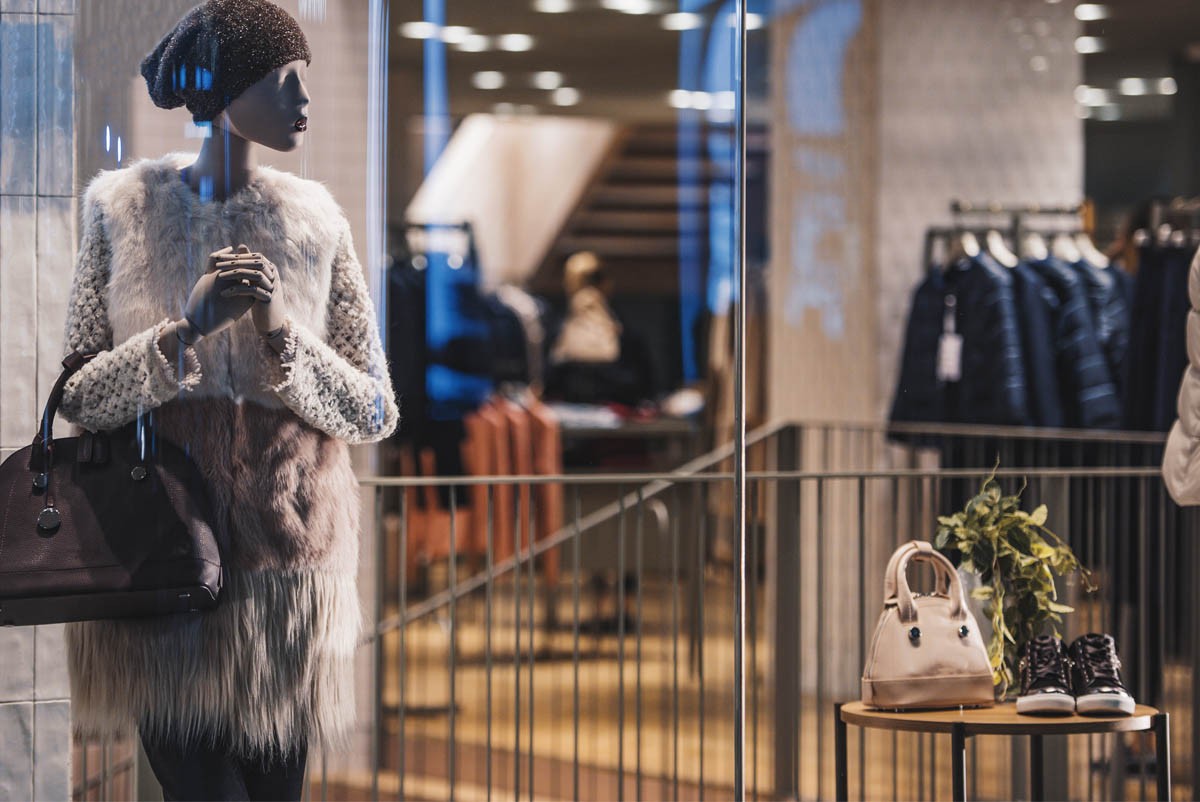Scientifically saying, most of the things and information that our brain processes—that amounts to 83%—comes from seeing or through our sense of sight. Meaning, humans are more of visual learners than that of other learning schemes using other senses. If you’re thinking of the vitality of your store’s visual identity, the following statistics would help you come to your senses.
Basically, all the stuff you put in your store is an investment. Money is the thing here. You should be wise in determining the things that would really you with your sales. Thus, you should invest in visual merchandising.
Not to mention, visual merchandising refers to anything that can be seen by the customer inside and outside a store, including displays, decorations, signs, and layout of space which purpose is to get customers to come into the store and spend money. To maximize this marketing strategy, here are some pointers you might want to consider when optimizing visual merchandising:
Color is the Emperor
Color is the most vital part in establishing visual merchandising. It can impose various emotions such as strong, chill, sad, or happy. It can also make your possible consumers feel hungry, relaxed, in love, and such.
Human brains transform various colors in human emotions. Take, for example, blue and green make a person calm, while red and orange are exciting colors.
Research states that color plays a vital role in making a customer complete a purchase. The study says shoppers make a purchasing decision within 90 seconds of interacting with a product, and over 60% of the assessment is based on color alone. Also, it suggests that people are more likely to recall a color over an object or product making it a must-consider aspect in playing with visual merchandising.
Signage are Contributing Factors
When your sales team is busy with interacting with the customers simultaneously, signages can save the day!
There are various types of signages—such as directional, informational, or promotional—and such shall be an effective go-to source of information that can be freely provided to the customers when they need it.
Research says that the attention span of a typical human is just around eight (8) seconds. So, in making a signage you might have to consider encapsulating all your thought and not put so much stuff on it. Let it be a mere information source where your customer can find what they’re looking for at that time.
Lighting is Important, too!
Lights impose the atmosphere of your store. It is also a way for you to lead the potential consumers to the products you might want to highlight.
Not to mention, there are three schemes in lighting composition.
Primary lighting – overall illumination of your store.
Accent lighting – draws the shopper’s focus to a specific display.
Ambient lighting – a more dramatic effect where it plays light off of shadow to create an intriguing effect.
A recent field study—that focuses on lighting’s impact on customer behavior—results suggest that customers spent more time in an area of the store that has warmer lighting. Also, an average sale per customer increases by 1.93% when a dynamic lighting installation was presented.
Your Products can be a Story
It is a rear view of a store for their products to create a story in the minds of the people coming in. Thus, maximizing it would be a great help in attracting your customers’ attention and even drive up their creativity and imagination with good ideas on how they can use your products.
Group your products on display with a simple but mind-blowing story. Items can be grouped together based on color scheme or use, but there shall be a message that would bind them all together.
Make your Window Display a Head Turner
You window displays would establish your customers’ initial perspective on your brand. Basically, it is used to let people know of your new, bestsellers, and on sale products. Amplify your window displays by putting them on a stage where you can visually communicate your message to the people passing by.
To mention, a research conducted by Russell R. Mueller states that displays can increase sales by 540%, and an organized hotspot can increase sales by 229%. Hotspots the store areas that receive the most traffic and are the most visible areas in the store.

